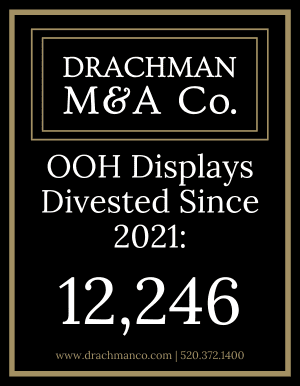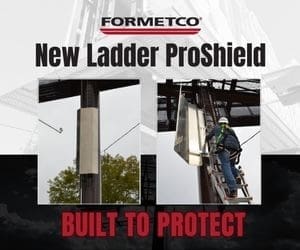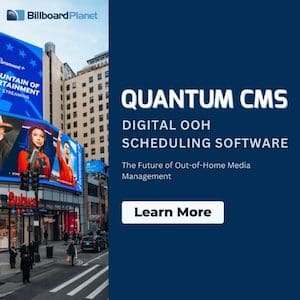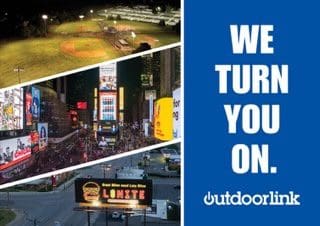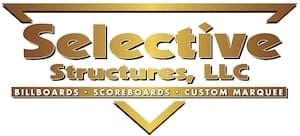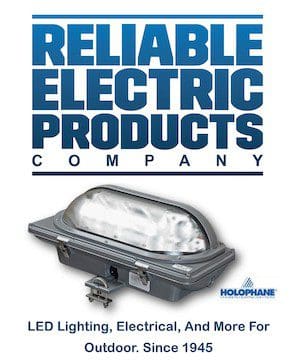 Insider asked me to provide my top three predictions for legal activity for the out of home industry in 2019. Several industry leaders have recently submitted their predictions to Insider on a variety of topics, including the comprehensive political report of OAAA Legislative Committee Chairman Pat O’Donnell. Without duplicating those other well-considered prognostications, therefore, I anticipate the following legal developments next year.
Insider asked me to provide my top three predictions for legal activity for the out of home industry in 2019. Several industry leaders have recently submitted their predictions to Insider on a variety of topics, including the comprehensive political report of OAAA Legislative Committee Chairman Pat O’Donnell. Without duplicating those other well-considered prognostications, therefore, I anticipate the following legal developments next year.
First, along with the continued First Amendment litigation over content-based sign codes, including the Federal Court of Appeals proceedings in Thomas v Schroer, look for more cities and perhaps even states to amend their billboard laws to “remedy” the constitutional complaints articulated in the 2015 US Supreme Court decision in Reed v Gilbert. For example, the Texas Legislature and Transportation Commission amended the Texas Highway Beautification Act and administrative rules earlier this year, to eliminate the definitions and exemptions for off-premise and on-premise signs, and to re-categorize them “commercial” or “non-commercial” signs depending on whether a fee is paid for the display of the sign message. Especially if Thomas v Schroer is affirmed, other states may take similar legislative action to salvage their HBAs.
Second, with the continued relaxation of state laws on medical and recreational marijuana use and possession, billboard advertising of this legal but controversial product will grow as well. I expect to see in the coming year more regulation on marijuana billboard advertising, such as minimum spacing from schools and churches, and perhaps restrictions on content purportedly catering to minors. Whenever there’s new regulation, there’s new litigation to challenge it. This issue will also present a challenge and opportunity to the industry for self-regulation, so as to avoid the advertising excesses that inevitably result in excessive government regulation.
Finally, the advances in technology will continue to demonstrate the advantages to LED digital billboards. The industry learned a long time ago how valuable this developing type of signage is to its customers and bottom lines. More cities will join in accepting LED digital billboards in their jurisdictions, as they understand the environmental, safety, and aesthetic advantages of the technology. Therefore, look for cities to amend their codes to permit such signage, often through cap and replacement and similar exchange agreements.
Happy Holidays to All!
[wpforms id=”9787″]
Paid Advertisement
